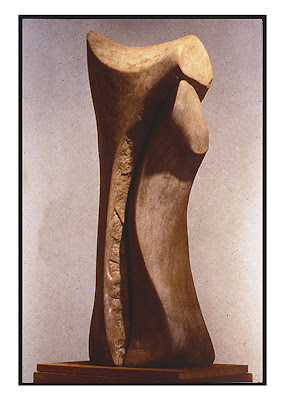For all of my adult life I have rebuilt old houses, usually from states of advanced decrepitude to awarding winning beauties. Admittedly when done they remain drafty and inconvenient to live in but look GREAT! I figure if you want to live in a seriously hip house, you've got to pay your dues. Anyway, below are pictures of a building my wife and I (along with several other carpenters and masons) redesigned and rebuilt. It is now a National Cultural Property of Japan, and is in the middle of the UNESCO World Heritage Site of Iwami-Ginzan, Japan.
To say the building was a derelict and doddering hulk is an understatement. The above photos show it before it was stripped. Often, if not usually, the buildings are completely dismantled, including pulling up the foundations, all parts carefully marked. Rotten beams are copied, same dimensions, same species of wood, and the building reassembled.
Next, we climb mountains in winter (the time to cut bamboo) and cut hundreds of trees, and carry them down the mountain. These are then cut to length and split in 1" strips, nailed up and woven together with straw rope. It is very hard but satisfying work.
The the hard work starts, plastering. This means cutting many bales of rice straw into 1" lengths, digging tons of clay from the mountains, mixing it with the old clay salvaged from the building, and replastering several coats inside and out. Fill a bucket, carry it up the ladder, plaster, climb down, do it again, several thousand times.
There were several great carpenters and plasters employed, but I did everything they did in equal part, as well as design and direct all work (and pay all bills).
That's me milling lumber. The lumber in these projects is often recycled beams, or raw lumber (read: logs). Every piece is hewn and milled on the spot, correct to the millimeter, literally.
As the building is a National Cultural Property, there were strict rules about the exterior and structure. The interior was much freer. While the walls inside were also plastered with clay, the under structure was built with wood lath, which I cut from scrap. This was in keeping with construction methods in the Meiji period rather than the Edo period like the exterior.
You can see the finished building at the following link
I add that much of what appears "old" in the building is brand new, and much of the building has been heavily "re-purposed". The core of the building is a storehouse dating to the late 18th century, and sections were added through to the 1950's. The facade has been restored to how it looked about 1920, when the building was used as a shop - it is a shop now, with living quarters in the back and upstairs.
I never try to make my buildings look old nor new, modern nor classical, Japanese nor American. I just want them to look really good, as defined by me I suppose.















































